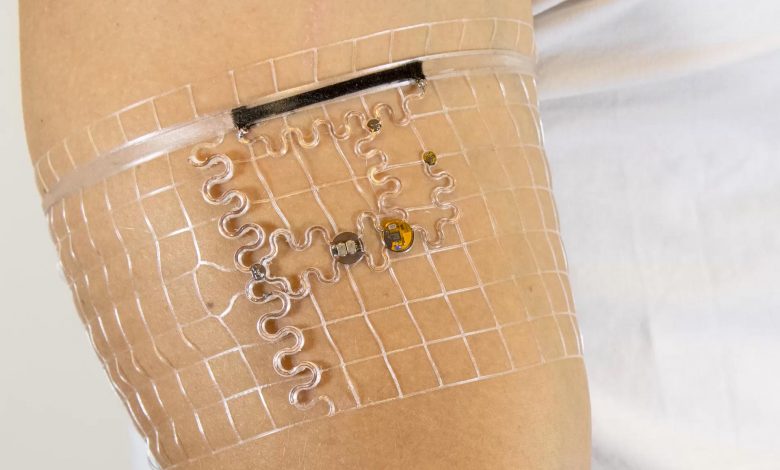Wearable technology is one of the fastest growing sectors of the technology industry. So fast that it surpasses the investments in research made for the development of smartphones. From fitness trackers to virtual and augmented reality headsets, wearable devices are on the rise, and will soon be everywhere around us and on us.
Engineers at the University of Arizona have introduced a new concept which allows us to develop wearable devices perfectly adapted to a person. Devices that use wireless power transmission to operate 24/24, without ever having to recharge.
Symbiotic wearable devices

This new category of wearable devices is based on the body scan of who has to wear them. The devices are 3D printed and equipped with all the necessary functions, especially the positioning of sensors that allow the continuous monitoring of otherwise inaccessible points of the body.
Stuart Tucker, PhD student in biomedical engineering and first author of the article, explains better:
To measure body temperature more accurately we should place a sensor in wearable devices that pass under the armpit. To measure how a bicep deforms during exercise, we could place a sensor directly on wearable devices that target the bicep. Thanks to this new development, we will be able to use wearable devices to collect data that no smartwatch, for example, could collect.
Wearable, personalized and precise
Since the new wearables are customized to each user, they are also much more sensitive. Scientists tested the device's ability to monitor parameters such as temperature and exertion as a volunteer jumped, walked on a treadmill, and used a rowing machine.
In the rowing machine test, subjects wore multiple devices, tracking the intensity of the exercise and how their muscles deformed in precise detail. The wearable devices created were so precise that they could detect changes in body temperature induced even by minimal gestures.
A future all downhill
Tests like this show us very clearly what the next direction of “w“. I see it all in contraptions that do a great job without using adhesives whatsoever, powered by a wireless system several feet away. What if the user goes out of range of the system? The team also incorporated a small battery into these wearables that keeps them running for a while even beyond the perimeter of the wireless charger.
Philipp Gutruf, assistant professor of biomedical engineering is certain: “These devices are designed to require no interaction with the wearer. You just turn them on, then you forget about them and they do their job.”


